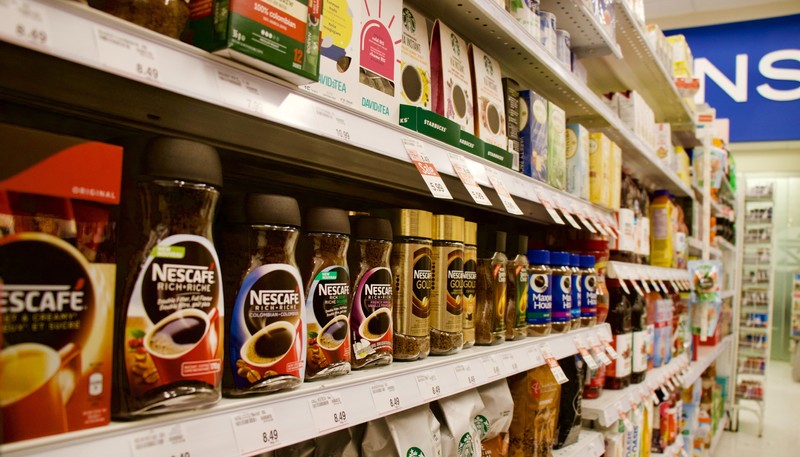A word of advice if you find yourself on “The Price is Right” in the near future: Do not underestimate the prices of packaged consumer goods.
Driving the news: Nestlé, the world’s biggest food maker, saw its real internal growth (a measure of sales and consumer product choices) fall by 2.6% last quarter as the company raised prices by 10.1%, its steepest price hikes in decades per Financial Times.
- To account for rising energy, raw materials, and labour costs, it hiked prices, with North and Latin America seeing prices balloon more than any region.
- The Swiss multinational owns over 2,000 brands and makes everything from Perrier sparkling water to Nespresso pods to Fancy Feast cat food.
Why it matters: Consumer packaged goods are relatively price inelastic (meaning when prices go up, demand doesn’t drastically change), thanks to strong brand loyalty. But if Netslé continues to hike prices, it may help indicate when consumers eventually start trading down, forced by their pocketbooks to start picking no-name clones instead of brand faves.
- While Nestlé’s annual revenue grew by ~17% year-over-year, a drop in growth is the first sign that inflation-fuelled price hikes are taking a bite out of consumer demand.
- In a bid to preserve profit margins, Nestlé has started weeding out faltering brands. In Canada, Nestlé announced it would no longer sell frozen foods (arrivederci, Delissio).
Zoom out: Nestlé was far from the only company riding the price hike train. All of your fave consumer goods conglomerates, from PepsiCo to Unilever (which also reported a drop in consumers buying products last quarter), hopped on board like it was the latest TikTok trend.
